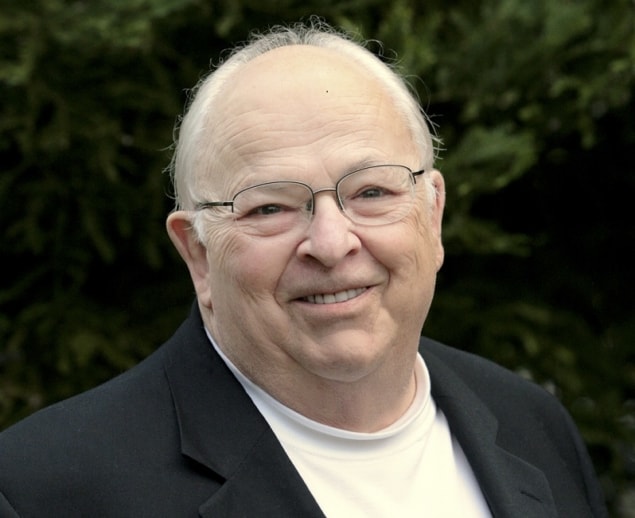
Burton Richter, the US particle physicist who shared the 1976 Nobel Prize for Physics, has died aged 87. Using a particle collider that he helped design and build at the Stanford Linear Accelerator Center (SLAC) in the 1960s, Richter co-discovered a new particle that proved the existence of a fourth quark.
Born in 1931 in New York, Richter studied physics at the Massachusetts Institute of Technology before completing a PhD at the institute in 1956. He then went to Stanford University’s High-Energy Physics Laboratory where he helped to design and build the world’s first particle collider in the early 1960s.
In 1963, Richter moved to SLAC setting up a group to design a 3.2 km high-energy electron-positron collider called the Stanford Positron-Electron Accelerator Ring. A year after it opened in 1973, Richter and his team spotted a new particle with a mass around 3.1 GeV.
[Richter] was a visionary director of SLAC, with a forceful personality and a tremendous drive
Persis Drell
When Richter told Samuel Ting from the Brookhaven National Laboratory about the new particle, Ting informed him that he had also seen it while working on the lab’s Alternating Gradient Synchrotron. While Ting called his particle J, Richter dubbed it psi. The researchers then issued a joint statement saying they had discovered a new particle called J/psi, which experimentally proved the existence of a fourth quark — later named charm. For the discovery, Richter shared the 1976 Nobel Prize for Physics with Ting.
Accelerator advances
Richter became SLAC’s technical director in 1982 and then two years was named the lab’s director. During this time Richter oversaw the design and construction of the world’s first linear collider – the 3 km SLAC Linear Collider — that was built in 1987 and smashed together electrons with positrons at an energy of around 90 GeV.
Richter retired from SLAC in 1999 but he remained active in physics and spent time working on other issues such as energy, environment and sustainability. He was also vocal in urging the particle-physics community to plan the next big particle collider that would come after CERN’s Large Hadron Collider. Is desperation for new physics clouding our vision for new colliders?
In addition to the Nobel prize, Richter also received the National Medal of Science in 2014 as well as the US Department of Energy’s Enrico Fermi award in 2012. “[Richter] was a visionary director of SLAC, with a forceful personality and a tremendous drive,” says Persis Drell, who served as SLAC director from 2007 to 2012. “His fingerprints are all over many of the advances in accelerators in the 20th century, as well as in the development of the X-ray light sources enabled by electron accelerators.”



